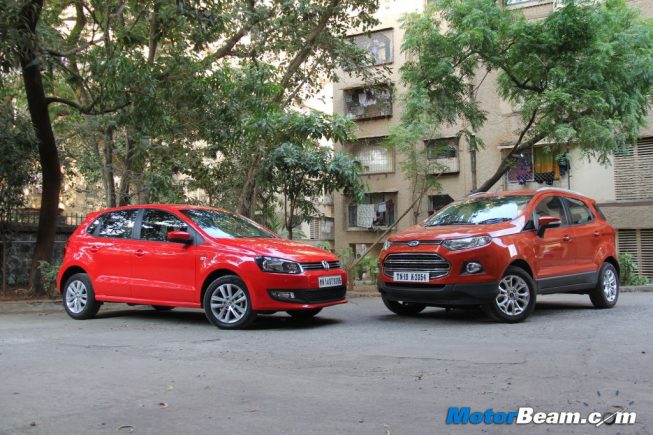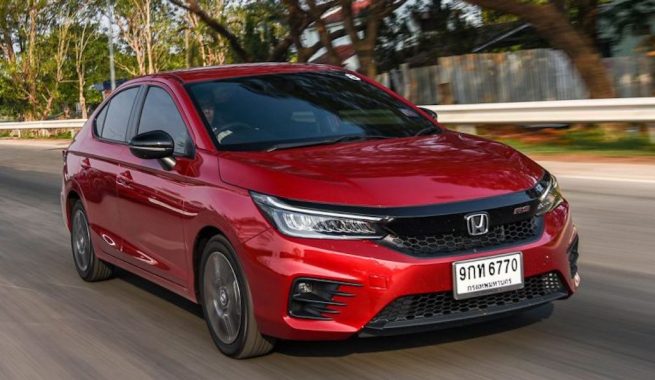The Turbo Era Is Here
Many car makers are betting big on small displacement turbo petrol engines while a few are still missing the boat!
Many car makers are betting big on small displacement turbo petrol engines while a few are still missing the boat!
Home » Editorials » The Turbo Era Is Here

Times are changing and how! Turbocharged petrol engines were a distant dream for mass-market car buyers until recently with most manufacturers adopting it. The number of models available with turbo-petrol engines might surprise you. I am of course talking about small capacity turbo petrol engines (under 1500cc in displacement) as force fed petrol mills are a mainstay in more expensive cars, specially performance and sporty models.
The trend started when Ford brought in the first small capacity turbo petrol motor in the EcoSport. Around the same time as the 1.0-litre EcoBoost engine’s India debut, Volkswagen ditched the 1.6-litre engine in the Polo GT in lieu of a 1.2-litre TSI unit. The above engines use direct-injection while the first mass market car with a turbo-petrol engine was the Fiat Linea T-Jet, further continued in different states of tune in the Punto Abarth and Avvenutura ‘Powered By Abarth’ models.
Indian car brands have been offering turbo-petrol engines in its cars since long but not with direct injection. Tata first offered this tech in the Bolt and Zest while the Nexon continues with it. Mahindra too employs a turbocharger in the XUV300 petrol but will soon up its game with the mStallion range of 1.2, 1.5 and 2.0-litre direct injection turbo-petrol engines. Maruti Suzuki offered its BoosterJet turbo-petrol engine in the Baleno RS which has been discontinued, India’s largest car maker has no turbo-petrol offerings currently.
Small capacity turbo-petrol engines not only offer better performance but are also more efficient and emit lesser CO2, the advantages of forced induction are terrific to say the least!
Maruti is of course a Japanese company at large and its fellow Japanese peers have shown no interest in offering turbocharged petrol engines in India, in spite of having the tech and the powertrain abroad. Maruti and Toyota are betting big on hybrid tech while Honda doesn’t want to offer turbo-petrols to consumers in India. The new City is offered in a sporty RS variant in South Asian markets, powered by a 1.0-litre turbo VTEC petrol engine that belts out 122 HP and 173 Nm, mated to a CVT gearbox. The City RS isn’t India bound.
Meanwhile Hyundai is offering a turbo-petrol engine in its City rival, with the Verna Turbo mated to a state of the art 7-speed DCT gearbox, not a rubber-band loving CVT which has become a Japanese car maker favourite! Hyundai has really taken the Turbo trend and built massively on it, today 5 of the Korean brand’s cars in India have a turbo-petrol engine, the most for any mass market automaker. The Grand i10 Nios, Aura, Venue and Verna are powered by a 1.0-litre turbo-petrol engine while the Creta gets a bigger 1.4-litre unit (Kia too offers the same engine in the Seltos while the upcoming Sonet will use the smaller 1.0-litre turbo-petrol engine). So while Hyundai and Kia are betting big on turbo-petrol, they haven’t dropped diesels at all, which India’s largest car maker has done already.
Volkswagen has had the 1.2 TSI powering its Polo and Vento for long and the Volkswagen Group has now become a petrol only automaker (all brands considered). The Polo, Vento and Rapid draw power from a new 1.0-litre TSI motor while bigger cars from Volkswagen and Skoda also rely solely on turbo-petrol power! Renault and Nissan too have shifted to a 1.3-litre turbo petrol engine which is the most powerful among small capacity units, producing 156 PS and 254 Nm! The MG Hector also gets a 1.5-litre turbo-petrol engine.
Hyundai has 5 mass market cars with turbo-petrol engines, Honda has ZERO
However, the biggest surprise is Honda not having a single turbo-petrol engine in India since the ‘Power of Dreams’ has been known for their engines, having turbo-petrol engines with VTEC since years abroad but due to incoherent reasons, they haven’t offered any in India. Adding fuel to the fire for Japanese brands is the use of CVT boxes in mass market cars which saps performance while rivals resort to dual-clutch units and torque converters to offer a thrilling driving experience when buyers don’t want to opt for stick shift.
Car Makers With Small Capacity Turbocharged Petrol Engines –
Car Makers Not Having Small Capacity Turbocharged Petrol Engines –
As evidently seen in the list above, Japanese car brands aren’t looking to cater to the enthusiast at all, at least not in India. While we all love NA engines, truth to be told, naturally aspirated engines are great in V8s and V10s, not 3 and 4-cylinder engines, these small capacity motors need forced induction to give you diesel level performance (as diesels are all turbocharged and very torquey). Remember the popular movie quote “Nitrous dried but I am still turbocharged”, I guess the same can’t be said even if you love JDM!

